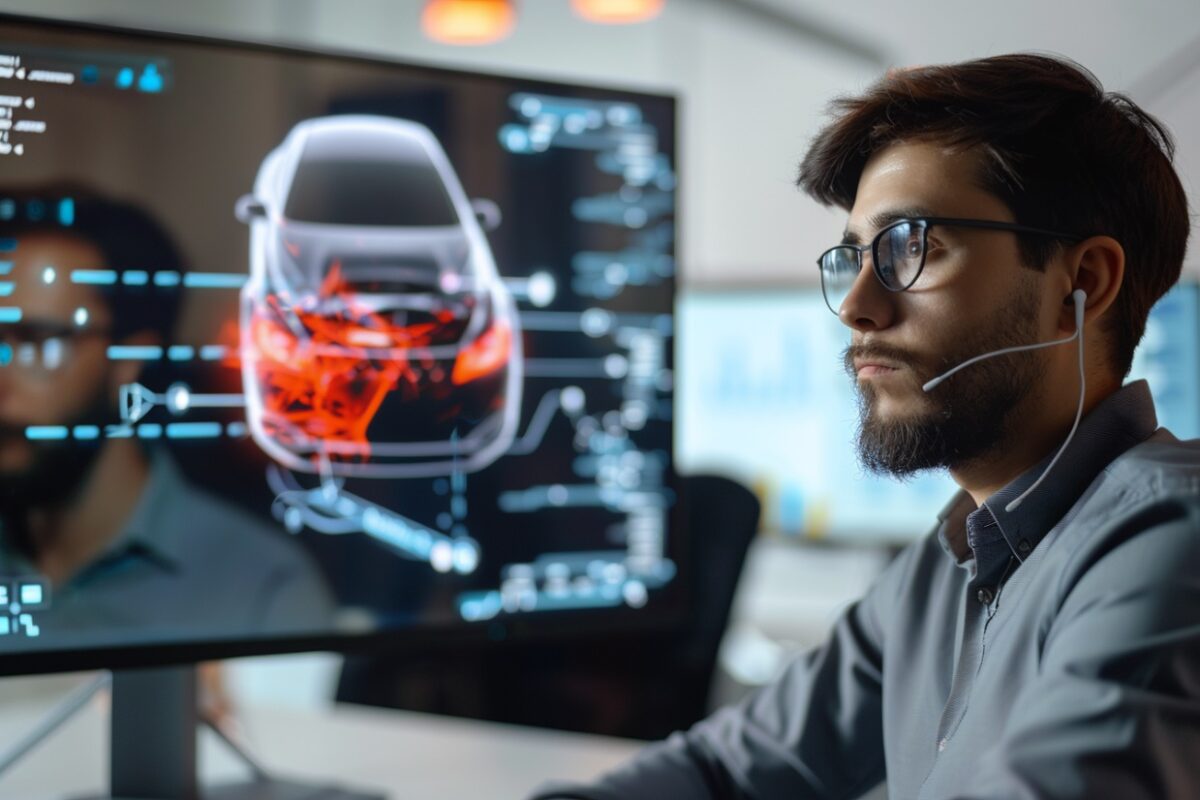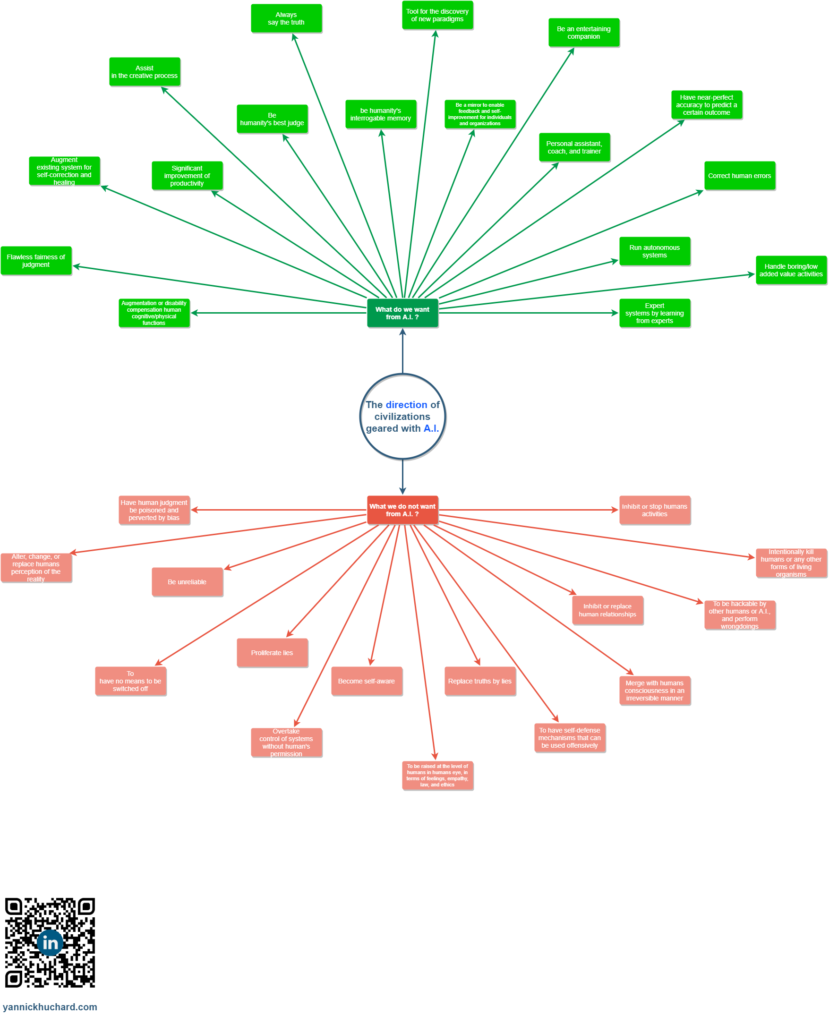Table of Contents
A Revealing Experience
Allow me to share a personal experience that perfectly illustrates the challenges I will discuss. I was involved in a car accident where a vehicle coming from the opposite direction severely damaged the right side of my car. Following the procedure, I filed an accident report with the other party, although I found myself unable to provide my insurance number simply because I didn’t have it readily available at that moment.
In the meantime, I went to my regular dealership so that an appraisal could be carried out and the next steps for repair could be determined. I then contacted my leasing company, and one of their agents agreed with me and the dealer that I would drop off the vehicle within two weeks. A replacement vehicle would be provided, and the full repair would take one to two weeks.
However, due to my lack of foresight, I did not deem it necessary to contact them again initially. A few days later, I received a letter from them informing me of the accident – which was correct – but also stating that I had not submitted the accident report and that without it, their insurance reserved the right not to cover the damages. In fact, I had sent this document a week earlier, but to the wrong email address. Out of habit, I had used their general contact details, avoiding contacting the agent in charge of my leasing file – who had recently retired. As a precaution, I had even added the generic address, but clearly without success since the insurance department had not received it.
I then called them back urgently to obtain clarification. They confirmed that the accident report was missing, and the agent, with great understanding which I acknowledge, told me that I had to send it to another specific address because the insurance department had not been notified by their colleagues in charge of customer relations. Moreover, the latter was not authorized to provide me with a replacement vehicle until the repair shop had received their approval – even though it was the approved dealership where I had been carrying out all maintenance operations for years.
This kind employee then offered, as an exception, to handle my entire case without further difficulty since the drop-off of my vehicle was imminent, just a few days away. She knew also that my leasing contract was expiring and that I would have to return the vehicle in two weeks to obtain a new one.
While this situation caused me a little stress, it was only temporary. An hour later, the agent contacted me again to confirm that everything was settled: I could bring my vehicle the following Monday and a replacement vehicle would be provided for the duration of the repairs.
Lessons from This Experience
You may be wondering why I am sharing this story with you.
First of all, I was unaware of the procedures governing the reporting of an incident in the context of a leasing contract. Should I first contact my company, directly the historical leasing company, or the new one? When I called them, why didn’t I reach the dedicated claims and insurance department directly? Why didn’t I find any information about this on their website? Why, when everything seemed clear to me – that I would drop off my vehicle within two weeks, that a replacement vehicle would be waiting for me, and that the repairs would be handled smoothly – did things unfold differently due to a lack of following the proper procedure?
Beyond that, how can a single service company exhibit such a lack of communication between two complementary departments?
The Revolution of the “AInternet”
We are entering a new era where artificial intelligence will be at the heart of exchanges between human beings. Where everyone previously had to search for information themselves on the Internet, navigating from site to site and compiling data to find a company’s contact details, the instructions for a recipe, the contacts of a repairman, or browse the Yellow Pages, the new paradigm will rely on exchanges between humans, intermediated or not by an artificial intelligence capable of performing synchronous or asynchronous tasks, i.e. in the background, to provide immediate knowledge to the user rather than forcing them to seek it out.
And to return to my use case, the AInternet brings a revolutionized customer experience that unfolds as follows:
When I am involved in an incident, I ask my personal AI assistant to help me fill out the accident report digitally. I do not have to provide all the information since my assistant has a global context encompassing data related to my vehicle, its insurance, my contract, my identity card, my passport, my postal and telephone contact details, my insurer, the maintenance status of my car, its technical inspection certification, etc. All this information allows for automatic and complete filling of this type of interaction.
Next, I only need to ask my assistant to contact the assistants of my leasing company and my insurance company, to ensure that the report I have validated and electronically signed is transmitted and processed by these two parties.
The assistant of the leasing company then informs the agent that a replacement vehicle is required and that an approved garage must be contacted to book an appointment for the repairs. It also determines whether my car should be taken directly to the dealership in charge of its regular maintenance. The relevant agent then handles my vehicle accordingly.
The agent only has to ask their assistant for the contact details of my garage to reach out directly.
From there, a genuinely empathic human relationship is established as we build a frictionless mutual understanding of the situation. Following the garage’s preliminary appraisal report, the leasing agent and the garage are prepared to agree on an appointment date, which is then recorded in the various systems.
The garage proceeds in an automated manner with the reservations and orders for the spare parts necessary for the repairs.
Simultaneously, the leasing company manages with the insurance company all the steps required to allow for the vehicle reparation and the provision of a replacement vehicle during the downtime.
Finally, the agent contacts me personally, by phone or message on a platform such as WhatsApp, to confirm everything is in order:
The incident has been properly recorded and the insurance company will cover all costs. An appointment has been set with my garage. A replacement vehicle will be provided during this period. An estimated date for returning the repaired vehicle has been communicated. They wish me an excellent day with a smile, since their assistant and mine have handled the entire procedure seamlessly. This augmented interaction allows us to reach new heights of fluidity and ubiquity in exchanges.
I am optimistic, indeed. Why wouldn’t I be? The transformation is already in motion.
The Internet will no longer be confined to a vast catalog of information to consult, such as books, encyclopedias, or applications, where interactions must be initiated and orchestrated by us, humans. But the orchestration between an individual and an organization, between two individuals, or between an organization and a computer system, will be performed like a symphony by intelligent agents, artificial intelligences.
This demonstrates an evolution of the World Wide Web architecture, which will constitute a veritable system of systems composed of human beings, applications, automata, and artificial agents.
The challenge from now on to enable this progression towards the era of digital augmentation will be to build artificial intelligence at the heart of human interactions. It is a matter of UX innovation.
It will no longer be a question of programming these interactions in advance by limiting the possibilities, but rather of training these artificial intelligences to handle a wide range of possible scenarios while framing and securing the use cases that could result from malicious computer hacking.
Ensuring a secure web environment requires a multi-layered approach that goes beyond safeguarding the AI models themselves. Equal vigilance must be applied at the integration points, where we erect robust firewalls and implement stringent access controls. These protective measures aim to prevent artificial intelligence from inadvertently or maliciously gaining entry to sensitive resources or confidential information that could compromise the safety and well-being of individuals, imperil organizations, or even threaten the integrity of the entire system.
Thus, emerging risks, such as jailbreaking, aimed at deceiving an artificial intelligence devoid of physical senses such as sight, hearing, and spatial awareness, allowing the authentication of a person, a company, or a system, will have to be compensated by other supervision and protection mechanisms.
It is on this note that this article concludes. We are living in an era of transition rich in exciting developments, and it will be up to you to build the Internet of tomorrow: the Augmented Internet.
🖖

